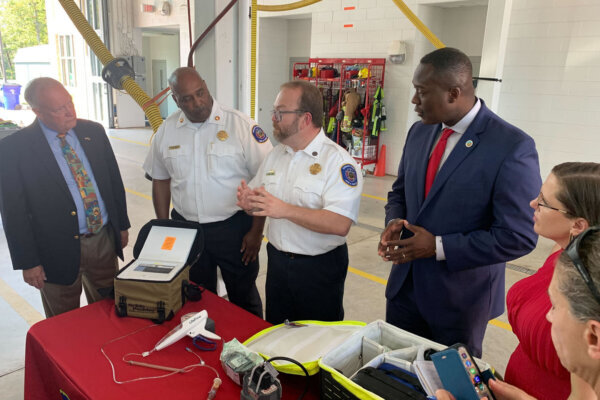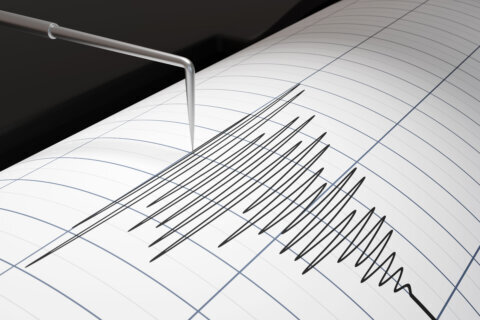This video is no longer available.
For many paramedics, when a patient has lost a lot of blood, the only chance to save them involves stopping the bleeding and rushing them to the hospital as fast as possible.
That has changed in Howard County, with the county’s Fire and EMS department’s new ability to perform blood transfusions in the field.
“The ability to safely store and transport blood and bring it literally into someone’s living room or to the side of the highway and give that to patients really does change the game and buy precious time,” said Dr. Mathew Levy, Medical Director for Howard County Department of Fire and Rescue EMS.
For almost a month, Maryland State Police’s medical helicopter has had the ability to administer a blood transfusion. Now, Howard County has become the first jurisdiction in the state to offer the same treatment. The Whole Blood program began in late August and has been used on one patient so far, according to the department.
“We’re thrilled to be able to administer this program in Howard County. We’re once again, we are leading the way in emergency response protocols,” said Howard County Executive Calvin Ball.
According to the county, bleeding is the single biggest early cause of death when it comes to trauma patients.

With the new countywide program, three EMS supervisor trucks will carry the blood transfusion kit and several bags of O-positive blood, which is safe to use on people of all ages and blood types according to the county. The supervisors in those vehicles are specially trained to administer the transfusion to those in need. If a patient is able to communicate with paramedics, they can refuse a blood transfusion before it is given.
Levy said it is the actions taken during those first few minutes during a critical emergency call that are the most important.
“It’s those first 10 minutes, those first 600 seconds, after a life-threatening emergency or critical trauma that happens that we have an opportunity to really impact and slow that death and dying process down,” Levy said.
The blood is stored in a sophisticated cooler bag, that is temperature-controlled to protect the blood it holds by keeping it cold. When administered through an IV, a paramedic will use a device that resembles a water gun to pump the blood through the IV tubing and through a device that warms the blood before it goes into the patient.
Levy also said that every 14 days unused blood will be rotated out at the blood bank, to assure no blood goes to waste because it is not being used in time.
Other departments in the D.C. region also provide similar programs.
The Northern Virginia EMS council said its Whole Blood program is used by the Fire and EMS departments in Arlington, Loudoun, Fauquier and Stafford Counties. In Fairfax County specially trained members of the county’s police department can also do on-scene transfusions. Also, the medical transport helicopter company PHI is a part of the council’s program.
Ball said he hopes to see other counties’ fire and EMS departments in the state follow Howard County’s lead.
“I’m so excited, not only to lead the state in helping to ensure that we save time and save lives, but also serve as an exemplar for other jurisdictions around the state on how they can help more of our residents,” he said.







